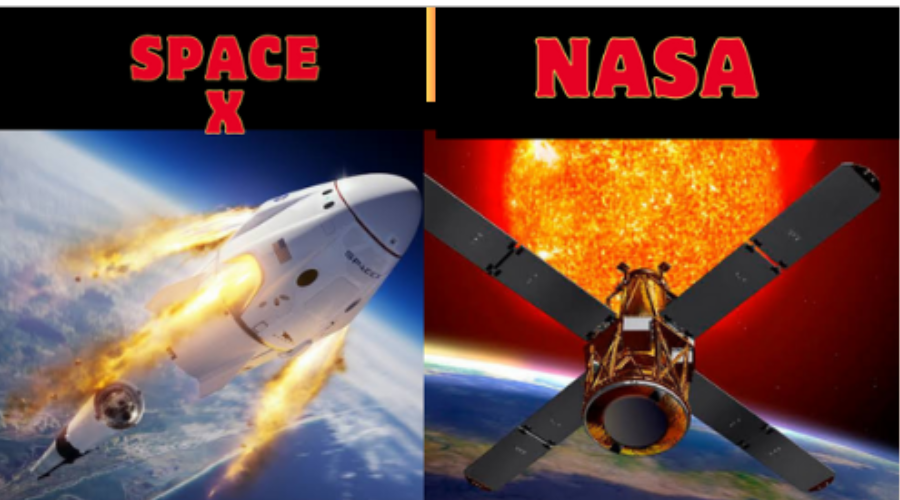SpaceX and NASA’s Falcon Rockets: Launching the Future of Space Exploration in 2024
Introduction
SpaceX and NASAs Falcon rockets have completely transformed space exploration making it more accessible and cost effective, than before. By 2024 these remarkable rockets will play a role in significant missions. This includes launching the Artemis II crewed mission to the Moon and embarking on the Europa Clipper mission to explore Jupiters moon, Europa.
Rockets of NASA
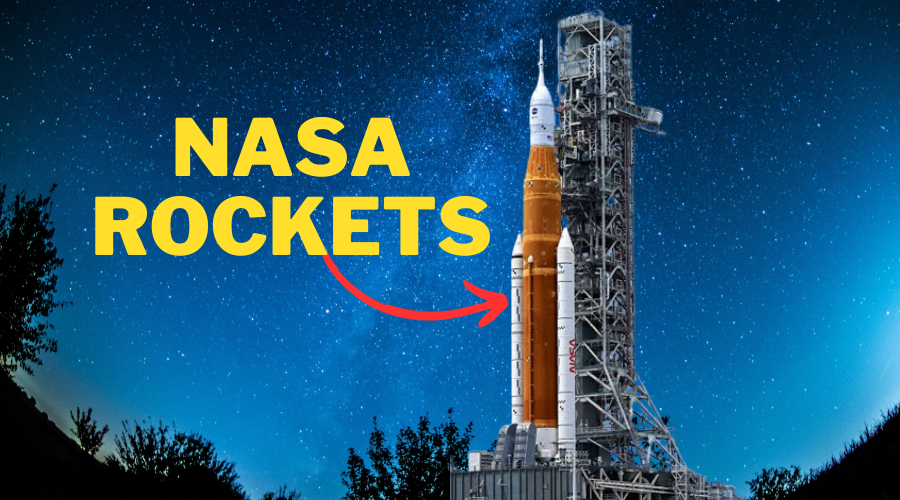

For over six decades NASA rockets have been at the forefront of space exploration. From the pioneering Mercury Redstone rockets that propelled the astronauts into space to the awe inspiring Saturn V rockets that carried humanity to the Moon these incredible vehicles have made possible some of humanitys most extraordinary accomplishments.
Today NASA continues its pursuit of innovation by developing cutting edge rockets to power its missions across our Solar System and beyond. Lets take a look at some of historys significant NASA rockets and catch a glimpse of what lies ahead in rocket technology.
The Mercury Redstone Rocket
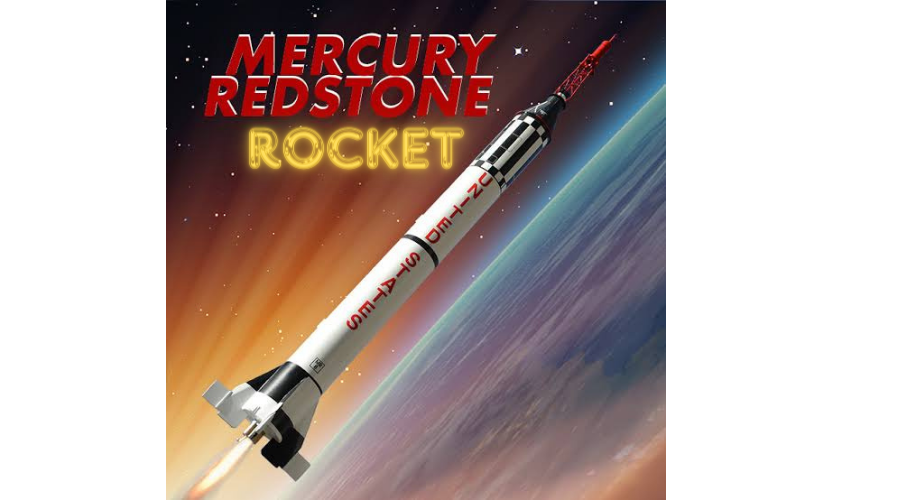

The Mercury Redstone rocket was specifically designed to launch astronauts into space for the first time. Though relatively small in size it possessed power to transport an astronaut into Earths orbit. Between 1961 and 1963 this mighty rocket successfully completed six launches including Alan Shepards journey, as the American in space.
The Gemini-Titan Rocket
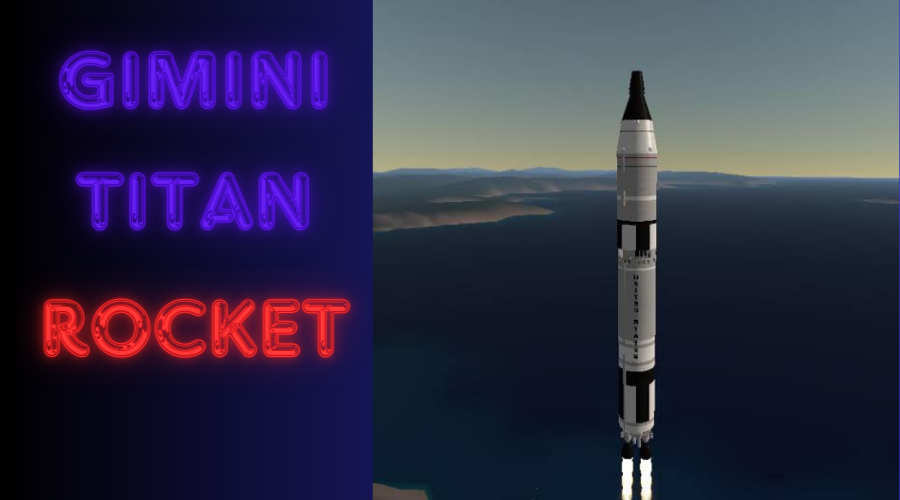

The Gemini Titan rocket played a role, in NASAs human spaceflight program following the Mercury program. It was an more powerful version compared to the Mercury Redstone rocket of carrying two astronauts into space. The Gemini program served as a testing ground for technologies and techniques required for the Apollo programs mission to land humans on the Moon.
The Saturn V Rocket
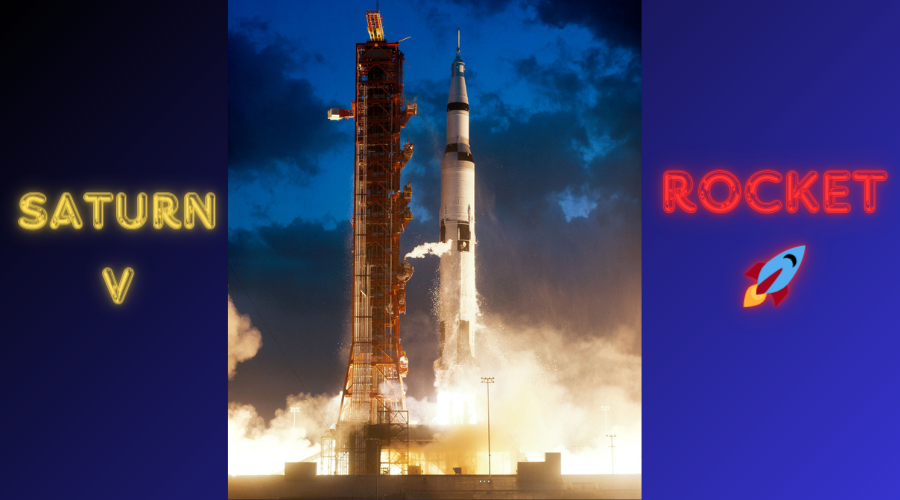

On the hand the Saturn V rocket holds the distinction of being the formidable and robust rocket ever constructed. Its primary purpose was to launch Apollo missions towards our neighbor making it the only rocket that successfully transported humans to another body. This colossal vehicle stood tall at a height of over 360 feet. Weighed more than 6 million pounds. With its capacity to accommodate three astronauts and a spacecraft it facilitated trips between Earth and Moon.
The Space Shuttle Rocket


In contrast NASAs Space Shuttle emerged as a spacecraft designed for transporting astronauts and cargo to and from Earth orbit. It had a launch mechanism utilizing a version of the Saturn V rocket. Capable of carrying up to seven astronauts along, with a cargo capacity of 50,000 pounds this iconic shuttle conducted 135 missions throughout its span from 1981 until 2011.
Space Launch System (SLS)
The SLS, also known as the Space Launch System is NASAs rocket that aims to be the formidable one ever constructed. Its primary purpose will be to launch the Artemis missions, which are intended for exploring both the Moon and Mars. The SLS rocket will be capable of carrying up to 27.6 metric tons of payload to the Moon, and it will be able to launch astronauts and cargo on deep space missions.
Here is a HD Launches video
Future of Rocket Technology


- NASA is actively working on advancing rocket technologies, for missions within our system and beyond. One particularly promising avenue of research is the development of rockets which’re significantly more efficient than traditional chemical ones. These electric rockets hold potential for powering long duration missions to Mars and other planets.
- Additionally another area of interest lies in rockets, which offer greater power compared to conventional chemical rockets. This technology could potentially reduce travel time to Mars and other celestial bodies.
- Furthermore NASA is dedicated to developing technologies aimed at enhancing the reusability of rockets. This would not lower the cost of space travel. Also enable a higher frequency of launches for various missions.
- Over the years NASAs rockets have played a role in space exploration, boasting power and reliability. With advancements in rocket technology on the horizon the future of space exploration shines brighter, than before.
What is NASA’s mega rocket?


NASAs colossal rocket, known as the Space Launch System (SLS) holds the distinction of being the rocket ever constructed. Its purpose is to propel NASAs Artemis missions, which have their sights set on both the Moon and Mars.
The SLS rocket comprises two rocket boosters and a central core stage. These solid rocket boosters are unparalleled, in size. Bear the responsibility of generating most of the thrust required for the SLS rocket. Meanwhile the core stage relies on four RS 25 engines originally developed for the Space Shuttle program.
The SLS rocket has the capability to transport, up to 27.6 tons of payload to the Moon allowing it to launch astronauts, cargo and rovers on missions and bring them back safely. Additionally the SLS rocket will be utilized for launching the Orion spacecraft on space expeditions to Mars and other celestial bodies.
Although in development the SLS rocket has already achieved successful test flights. The initial unmanned Artemis mission is slated for launch in 2024 followed by the manned Artemis mission in 2025.
The SLS rocket holds importance within NASAs Artemis program as it plays a role in facilitating human return to the Moon and initiating exploration endeavors towards Mars. Furthermore it stands as a testament to innovation and leadership, in space exploration.
Falcon 9 and Falcon Heavy
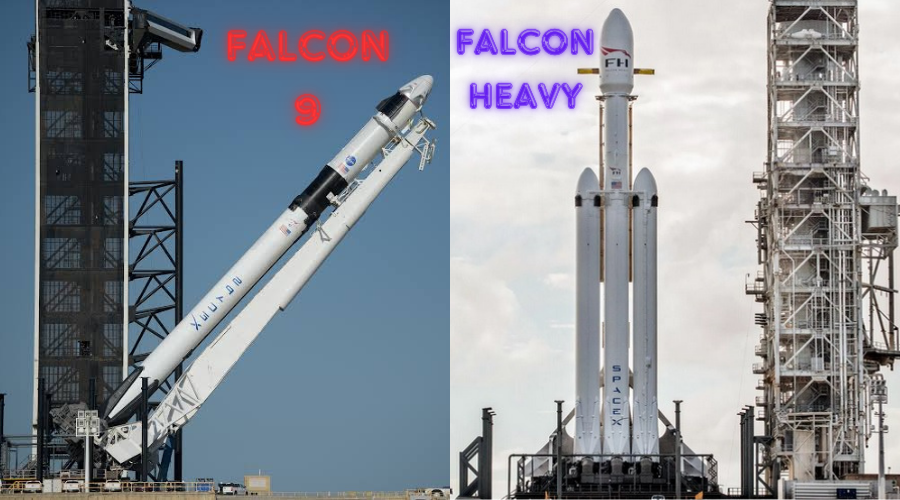

SpaceXs Falcon 9 and Falcon Heavy rockets are, among the powerful launchers currently in operation. The Falcon 9 is a two stage rocket of transporting to 22,800 kilograms of payload to low Earth orbit while the Falcon Heavy is an upgraded version of the Falcon 9 with three cores that can carry up to 63,800 kilograms of payload to low Earth orbit.
Both rockets have the advantage of being partially reusable. After launch the first stage can land back on Earth vertically allowing SpaceX to reuse these rockets times. This significant cost reduction, in launches has been made possible by this reusability feature.
SpaceX and NASA’s Partnership
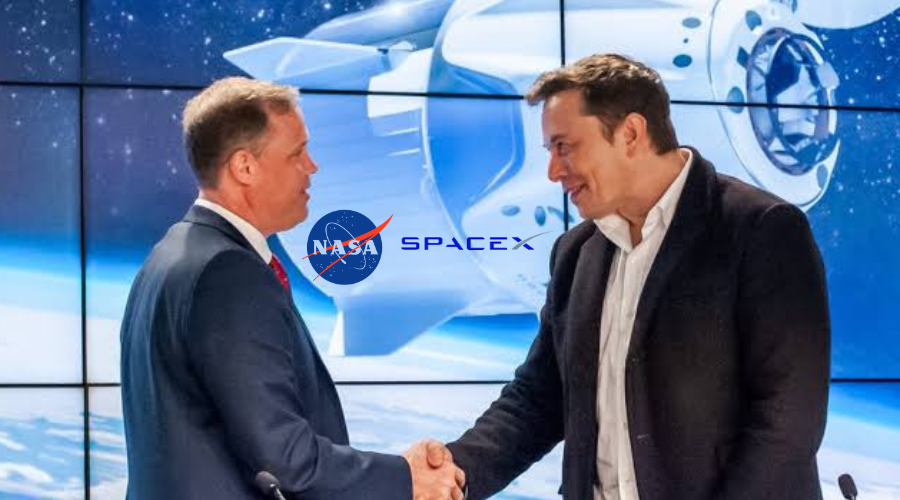

SpaceX and NASAs Collaboration SpaceX and NASA have an fruitful collaboration. Back, in 2012 NASA awarded SpaceX a contract to provide services to the International Space Station (ISS). Since then SpaceX has successfully completed missions to the ISS delivering supplies and equipment to support the astronauts living and working onboard. In 2020 SpaceX joined forces with NASA for the Commercial Crew Program, which aims to develop and operate spacecraft for transporting astronauts to and from the ISS. The Crew Dragon spacecraft by SpaceX has already completed two crewed missions to the ISS with missions planned for 2024 and beyond.
Upcoming Falcon Missions in 2024


In 2024, SpaceX has a number of important Falcon missions planned, including:
- Artemis II; This mission marks a milestone as it will be the crewed journey to the Moon since Apollo 17 back in 1972. Utilizing SpaceXs Falcon Heavy rocket the Orion spacecraft will transport four astronauts into orbit.
- Europa Clipper; As an endeavor this mission aims at exploring Jupiters moon Europa in detail. Equipped with instruments the spacecraft will investigate Europas habitability and conduct a search, for signs of life.
- SpaceX plans to maintain a schedule of missions, to the International Space Station (ISS) throughout 2024. These missions play a role in ensuring the ISS remains fully operational and in providing astronauts, with the supplies and equipment to sustain their life and work in the vastness of space.
Other notable Falcon missions planned for 2024 include:
- Mission 3, by Axiom; A space mission to the International Space Station (ISS).
- PACE Mission; An initiative by NASA to study phytoplankton and other marine life in the ocean through the Plankton, Aerosol, Cloud and Ecosystem research.
- NASAs Crew 8 and Crew 9 Missions with SpaceX; Missions aimed at rotating crew members to and from the ISS.
- Nova C lunar lander missions by Intuitive Machines; missions involving landers for lunar exploration.
- Firefly Aerospace CLPS Flight; A commercial mission involving a lander, for exploration purposes.
The Future of Falcon Rockets
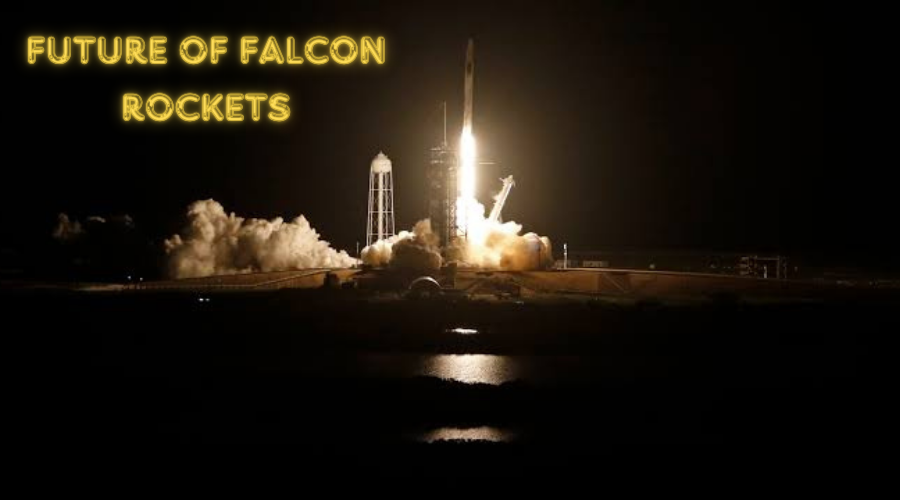

SpaceX is continuously working on enhancing and advancing its Falcon rockets. Moving forward SpaceX has plans to make the Falcon 9 and Falcon Heavy more efficient and reusable. Additionally SpaceX is currently, in the process of developing a rocket known as Starship. The Starship is specifically designed to be fully reusable. Has the capability to transport payloads to various celestial bodies, within our solar system, including the Moon, Mars and other destinations.
What was so special about Falcon 9?
The Falcon 9 rocket made history as the rocket that could be fully reused. This meant that its initial stage could return and be utilized for flights. This breakthrough, in space travel had an impact by decreasing the expenses associated with launching payloads into orbit.
Moreover Falcon 9 has proven itself to be one of the rockets currently in use boasting a success rate of, over 99%. It has successfully deployed an array of payloads into orbit ranging from satellites and spacecraft to carrying astronauts.
What is Falcon 9 going to do?
The Falcon 9 rocket is presently employed for missions, which include;
- Sending satellites into orbit
- Providing supplies to the International Space Station on behalf of NASA
- Launching Starlink satellites, for SpaceXs internet network
- Transporting astronauts to the International Space Station in collaboration with NASA
- In the future there are plans to utilize Falcon 9 for a range of missions, such as;
- Sending manned missions, to the Moon and Mars
- Launching cargo missions to the Moon and Mars
- Launching satellites into deep space
Does NASA use Falcon 9?
Yes, NASA uses Falcon 9 for a variety of missions, including:
- Indeed NASA employs the Falcon 9 rocket for a range of tasks, which encompass;
- Supplying the International Space Station with resources
- Transporting astronauts to and, from the International Space Station
- Initiating Artemis I, a mission aimed at reaching the Moon
Moreover NASA is actively working on a novel spacecraft known as Orion. This innovative spacecraft will be launched using Falcon 9 to facilitate crewed expeditions, to both the Moon and Mars.
How many satellites can Falcon 9 carry?
The Falcon 9 rocket has the capability to transport up to 22,800 kg (50,265 lb) of payload to low Earth orbit. This capacity allows it to carry 60 Starlink satellites or 10 Dragon spacecraft.
When it comes to missions requiring orbits the Falcon 9 can accommodate a lower payload. For instance it can carry 16,200 kg (35,720 lb) of cargo to transfer orbit.
Moreover the Falcon 9 can be utilized for launching satellites in a mission known as a rideshare mission. An impressive example of this is its record breaking launch of, up to 143 satellites on one mission.
The Falcon 9 is an robust rocket that has brought about significant advancements in space travel. It serves customers for an array of missions. In the future the Falcon 9 is expected to play a substantial role, in furthering space exploration.
NASA: Exploring the Universe for the Benefit of Humanity


The National Aeronautics and Space Administration (NASA) is an agency of the United States government responsible, for overseeing the civilian space program conducting aeronautics research and advancing space science. NASA was established in 1958 as a response to the Soviet Unions launch of Sputnik, the satellite to orbit Earth.
Since its inception NASA has achieved groundbreaking milestones, such as;
landing humans on the Moon in 1969.
Sending probes to explore all the planets within our system.
Maintaining the International Space Station (ISS).
Pioneering new technologies to enhance aviation and space exploration.
NASAs endeavors have reaching benefits for humanity. For instance their research has led to advancements in technology, communication systems and environmental monitoring. Additionally NASA plays a role in disaster preparedness and response.
Here are some of NASAs upcoming missions;
- Artemis; NASAs Artemis program aims to reintroduce humans to the Moon while establishing a presence there. It serves as a stepping stone towards exploration of Mars.
- James Webb Space Telescope; The James Webb Space Telescope stands as an achievement – it is hailed as the powerful telescope ever constructed. Currently positioned in orbit, around Earth this telescope is expected to provide astronomers with views of our universe.
The Mars Perseverance Rover is currently, on a mission to explore the surface of Mars with the goal of discovering any indications of life and gathering samples for return, to Earth.
Scheduled for launch in 2024 the Europa Clipper mission aims to explore Jupiters moon Europa. Scientists believe that this moon may have an ocean beneath its surface, which could potentially support forms of life.
NASA plays a role, in expanding our knowledge about the cosmos. Where we fit into it. Furthermore NASAs investigations and findings have impacts, on humanity ranging from enhancing our well being and security to advancing technological innovations.
How to get involved with NASA
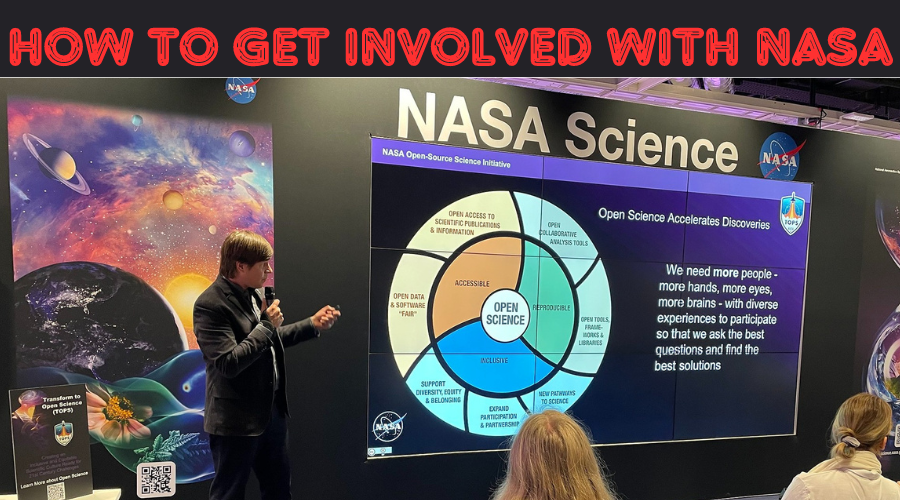

There are ways to engage with NASA even if you don’t have a background, in science or engineering. Here are a few suggestions;
- Volunteer; NASA provides volunteer opportunities, both on site and remotely. You can lend your assistance to programs, outreach initiatives or even contribute to scientific research.
- Educate yourself; There are avenues to expand your knowledge about NASA and its endeavors. Explore their website, peruse NASA publications attend their events or consider enrolling in courses or pursuing a degree in fields like astronomy or aerospace engineering.
- Contribute to STEM education; Inspiring the generation of scientists and engineers is a focus for NASA. You can support this cause by participating in STEM education within your community – whether its volunteering at a science museum mentoring students or establishing a STEM club.
- Advocate for NASAs mission; Make your voice heard by reaching out to your elected representatives and expressing your support, for funding NASAs endeavors. Additionally you can choose to make donations to organizations affiliated with NASA or purchase merchandise as another way of backing their mission.
Future of Space Exploration:


Space exploration has made progress since the Apollo program successfully landed astronauts, on the moon in 1969. Presently there are spacecraft voyaging and touching down on bodies within our solar system. Additionally private companies are actively working on spacecraft and technologies to democratize and make human space travel more accessible.
The prospects for space exploration are incredibly promising, with captivating missions and initiatives planned in the coming years and decades. Lets take a glimpse into a handful of endeavors we can anticipate witnessing in the times
- Return to the Moon: NASAs Artemis program has set its sights on returning humans to the moon by 2025 with the goal of establishing a presence there by the end of the decade. This ambitious endeavor will pave the way, for missions to Mars and other planets within our system.
- Human missions to Mars; The prospect of sending humans to Mars is being actively pursued by NASA and various space agencies albeit with challenges. However the potential rewards are immense as Mars boasts similarities to Earth and holds promise as a home for human life.
- Commercial space tourism: In a bid to make space tourism more accessible private companies such as Virgin Galactic and SpaceX are diligently working on spacecraft that will transport tourists into space in exchange for a fee. This exciting development could open up opportunities for individuals from backgrounds to experience space travel.
- Mining asteroids: Asteroids rich in resources like water, metals and rare earth elements present an opportunity for future endeavors. The possibility of mining these bodies for their resources and subsequently transporting them back, to Earth is an idea that holds promise.
These mentioned examples are a glimpse of the thrilling opportunities that lie ahead in the realm of space exploration. As our technology advances and our understanding of the universe grows we can anticipate witnessing breathtaking marvels in the years to follow.
FAQs
How will area exploration assist us in the future?
Space exploration is like a beacon of progress. It not only sparks technological leaps and helps us discover new resources but also fuels our imagination, inspiring fresh ideas and collaboration on a global scale. Plus, the knowledge gained might hold the key to solving some of our biggest challenges.
What has SpaceX done for space exploration?
SpaceX is like the rockstar of space travel. They’ve turned things upside down with reusable rockets, making space trips more affordable and frequent. Think resupply missions to the International Space Station and making commercial space endeavors a reality.
What are NASA’s plans for future space exploration?
NASA’s gearing up for some exciting stuff! They’ve got plans for moonwalks through the Artemis program, eyeing Mars, and even studying asteroids. It’s not just about exploring; it’s about unraveling mysteries, creating cool tech, and setting the stage for us to roam beyond our planet.
Why is SpaceX so successful?
SpaceX isn’t your typical space company; they’re the rebels with a cause. Success? It’s in their DNA—innovation, smart spending, and reusable rockets. They’ve slashed launch costs, amped up mission numbers, and basically made space exploration look cool.
How does space exploration benefit the US economy?
Space exploration isn’t just about reaching for the stars; it’s about boosting our economy back on Earth. It’s a job creator, a tech innovator, giving a high-tech facelift to industries like aerospace, manufacturing, and telecommunications. Making money in space? That’s the future hustle.
What kind of space exploration is happening now?
Picture this: Mars rovers cruising, satellites eyeing Earth, astronauts chilling on the International Space Station. It’s not sci-fi; it’s now. We’re exploring Mars, keeping an eye on our planet, collaborating up there, and prepping for moonwalks and Mars missions. The cosmic adventure is happening as we speak.
conclusion
The collaboration, between SpaceX and NASA through their Falcon rockets holds significance for the future of space exploration. By 2024 these rockets are slated to undertake missions. These include Artemis II, which will transport a crew to the Moon and Europa Clipper aiming to explore Jupiter moon Europa for the time. Additionally Falcon rockets are being employed to ferry astronauts and supplies to the International Space Station (ISS) while also aiding lander missions.
Through development and enhancements by SpaceX Falcon rockets will evolve into more formidable and adaptable launch systems. They will play a role in enabling humanity exploration of not the Moon but also Mars and various other destinations, within our solar system in years to come.


TotalInfo4U: Your Ultimate Source for Comprehensive Knowledge

